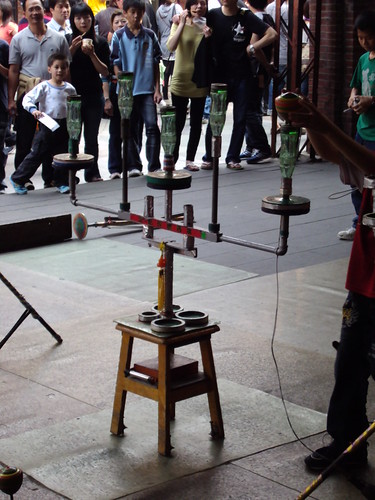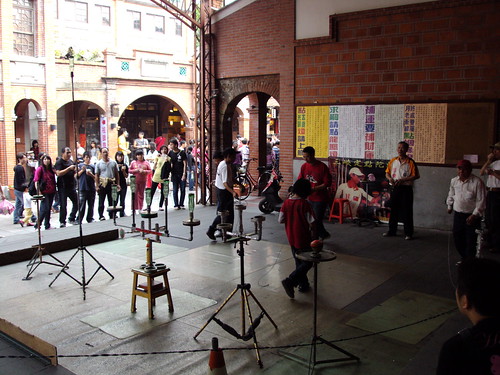Sanxia is an urban township in the southwestern part of Taipei County(New Taipei City).
I took a bus 706 to Sanxia from Wanhua, Taipei City. You can wait for the bus near Longshan Temple MRT station. Bus routes 702,703,705,910,916 also connect Sanxia with Taipei City or Taipei MRT.
Here’s a map of Sanxia Township:
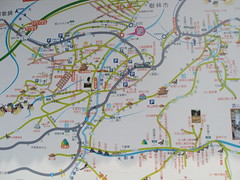
Click thumbnail to enlarge.
The first site I saw was Sanxia River and Sanxia Bridge.
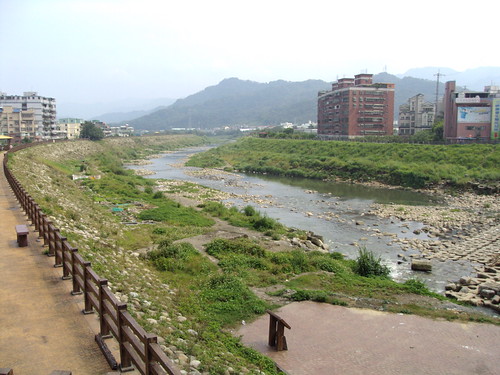
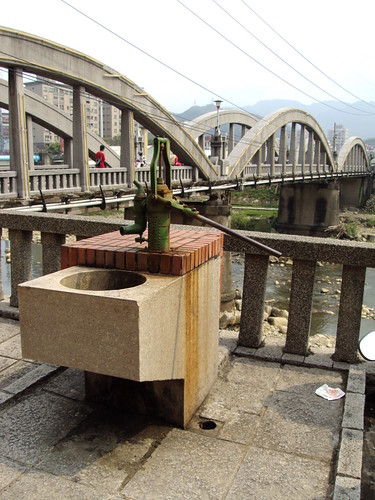
Sanxia Bridge was built during the Japanese Colonial Era. It has become a symbol of Sanxia.
Most people come to Sanxia to see Zushi Temple which is the most important religious site in Sanxia. Originally built in 1769 by Fujianese immigrants to Taiwan, it has been rebuilt three times, of which the last effort (beginning 1947) is the masterpiece of renown Taiwanese artist Li Meishu. It is considered by many to be the most intricately sculpted temple in Taiwan.
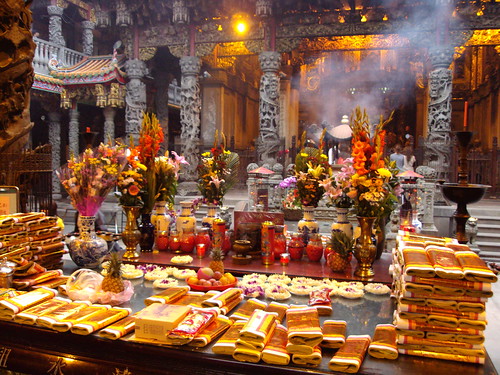

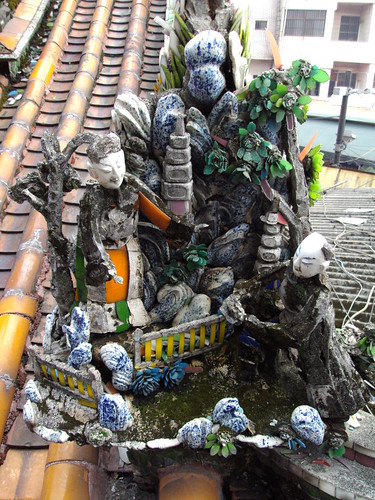

There are many shops in front of Zushi Temple. One shop that sells winter melon tea is particular popular.
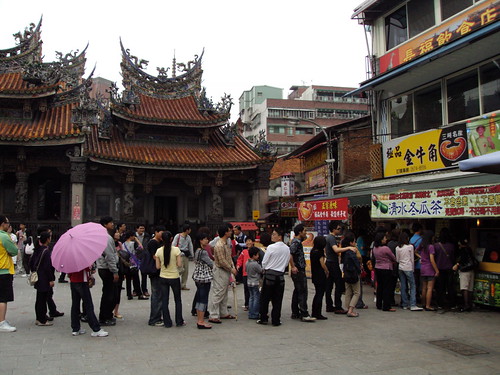
The one that intrigued me was a pickle shop. You can try many different kinds of pickles and fermented tofu for free and they are delicious. If you don’t know what fermented tofu is, just think of cheese. But it’s better to just try it.
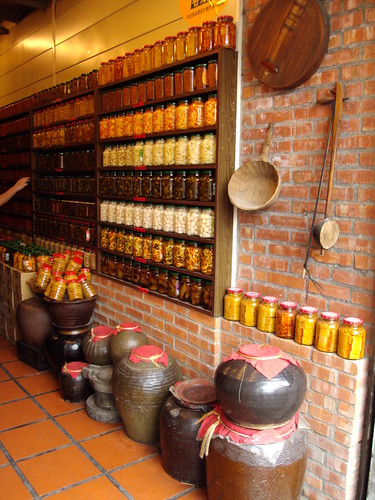
Sanxia Historical Relic Hall is on a street nearby which preserves artistic and cultural artifacts from Sanxia’s past. Many of the artifacts are related to Mr. Li Meishu.
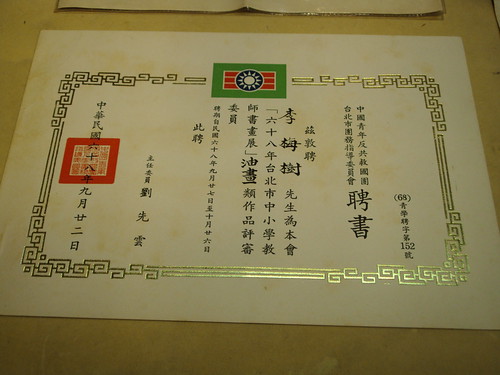

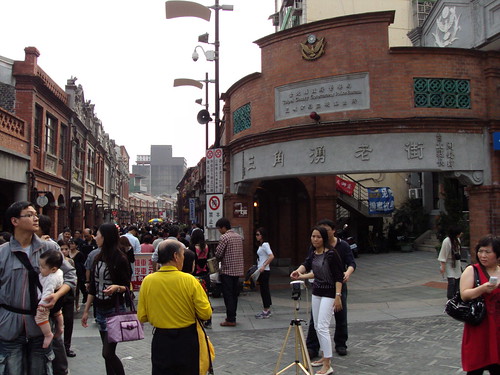
Minquan Old Street is also just a stone’s throw away from Zushi Temple. A business street built during the Japanese rule, it is a very well-preserved example of Japanese colonial architecture of the time. The street features stores selling art, ceramics, and local specialty foods (most notably Bull Horn Croissants).

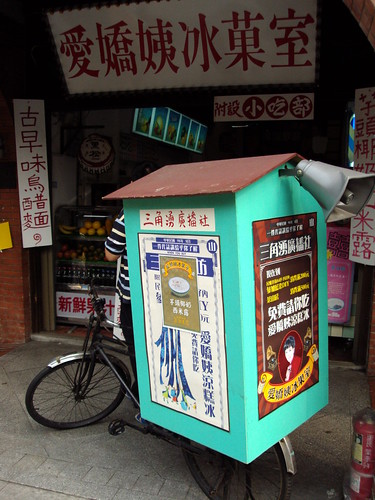

The whole Mingquan street area was burnt down by the Japanese at the beginning of Japanese occupation in 1895. Xinglong Temple, which was the secret headquarters of anti-Japanese movement, didn’t survive. Local Chinese started to rebuild the temple in 1905.
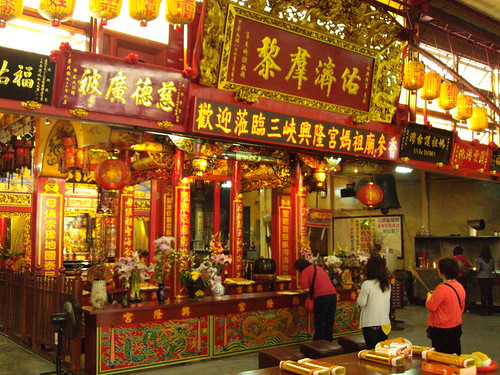
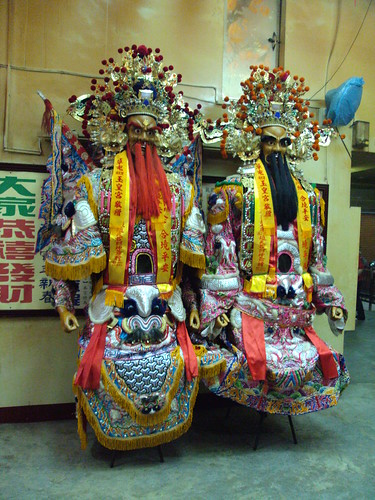
Just outside Xinglong Temple, I saw some local people playing a game called Tuo Luo which seemed very hard to play. One needs to throw the small object called tuoluo with a thread to the top of a upside down beer bottle and let it swirl. One bottle was set up much high above others and made it even more difficult to conquer.
